Características del Producto
| Peso | 72 kg |
|---|---|
| Dimensiones | 170 × 85 × 38 cm |
| Inclinación | 0 – 16% |
| Potencia del Motor | 1HP-2.5HP (Caballos de fuerza) |
| Pegable | SI |
| Peso Máximo de Usuario | 120 Kg |
| Velocidad Máxima | 18Km |
$5.108.793 Original price was: $5.108.793.$4.087.034Current price is: $4.087.034. IVA
| Peso | 72 kg |
|---|---|
| Dimensiones | 170 × 85 × 38 cm |
| Inclinación | 0 – 16% |
| Potencia del Motor | 1HP-2.5HP (Caballos de fuerza) |
| Pegable | SI |
| Peso Máximo de Usuario | 120 Kg |
| Velocidad Máxima | 18Km |
*SE REQUIERE ENSAMBLE
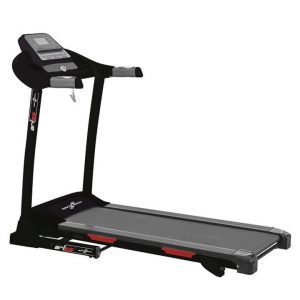

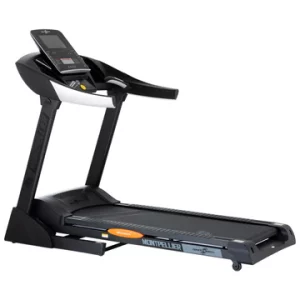
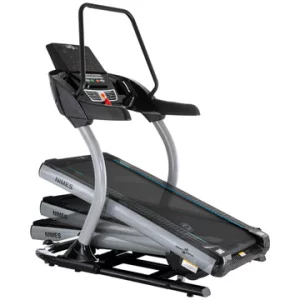
Debes acceder para publicar una reseña.

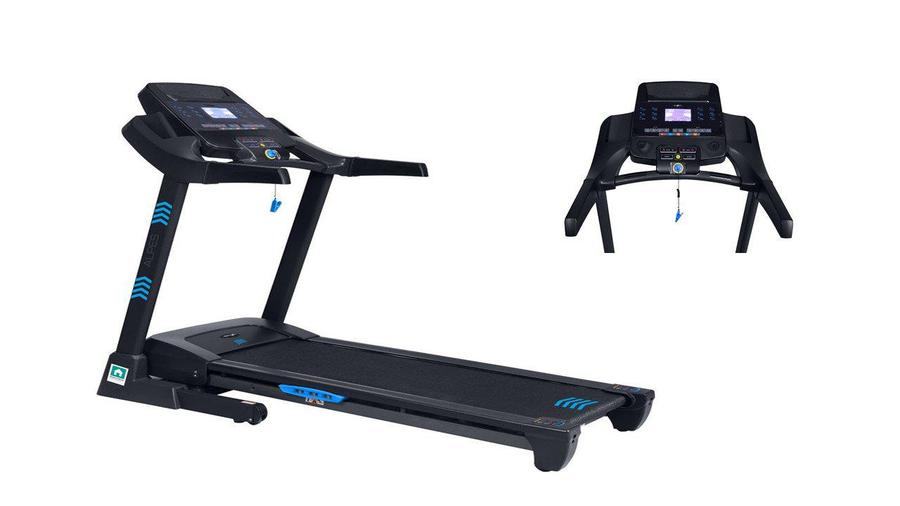
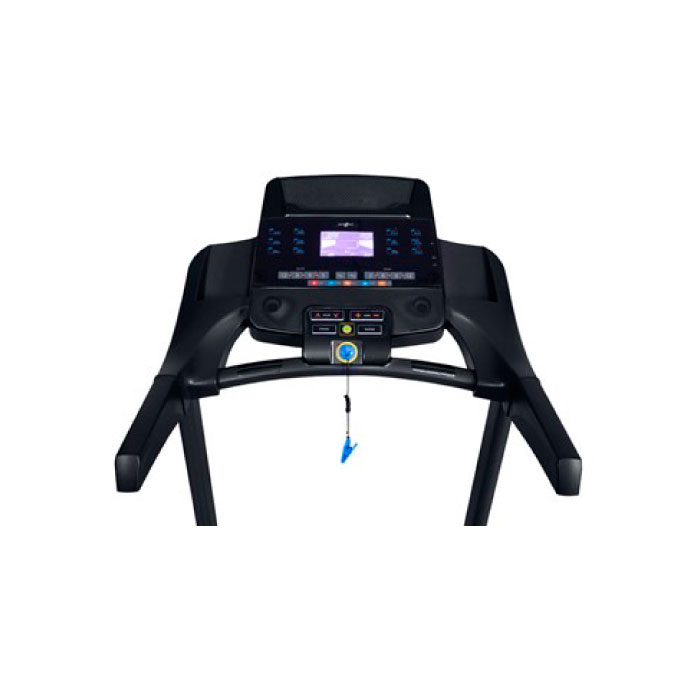
Calificación
No hay Calificación aún.